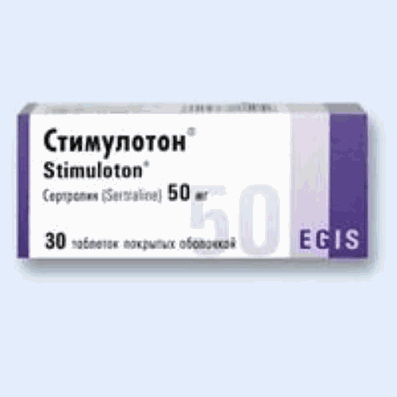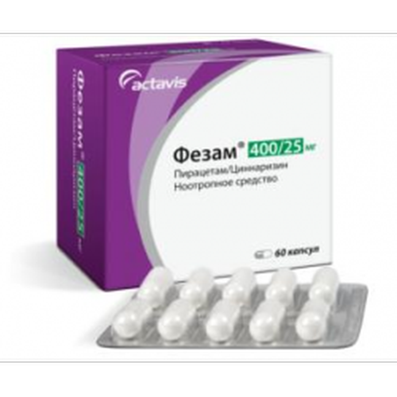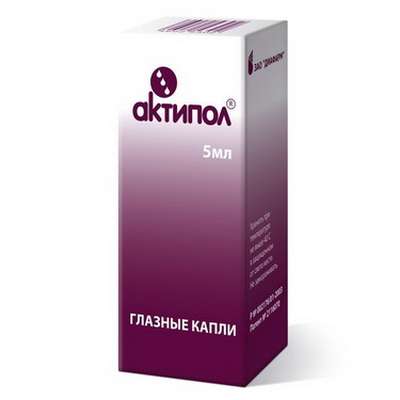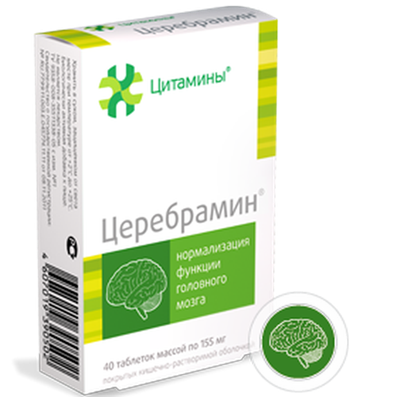Hyperstimulants (hallucinogens, psychedelics)
28 Jan 2019
Hyperstimulants (hallucinogens, psychedelics) are substances that stimulate mainly the cerebral cortex, in contrast to stimulants that act mainly on the stem part of the brain and, in addition, cause numerous peripheral effects. capable of receiving them even in small doses (often milligrams) cause hallucinations. In pharmacology, they are often referred to as psychotomimetics, i.e., the means by which short-term ("model") psychoses occur.
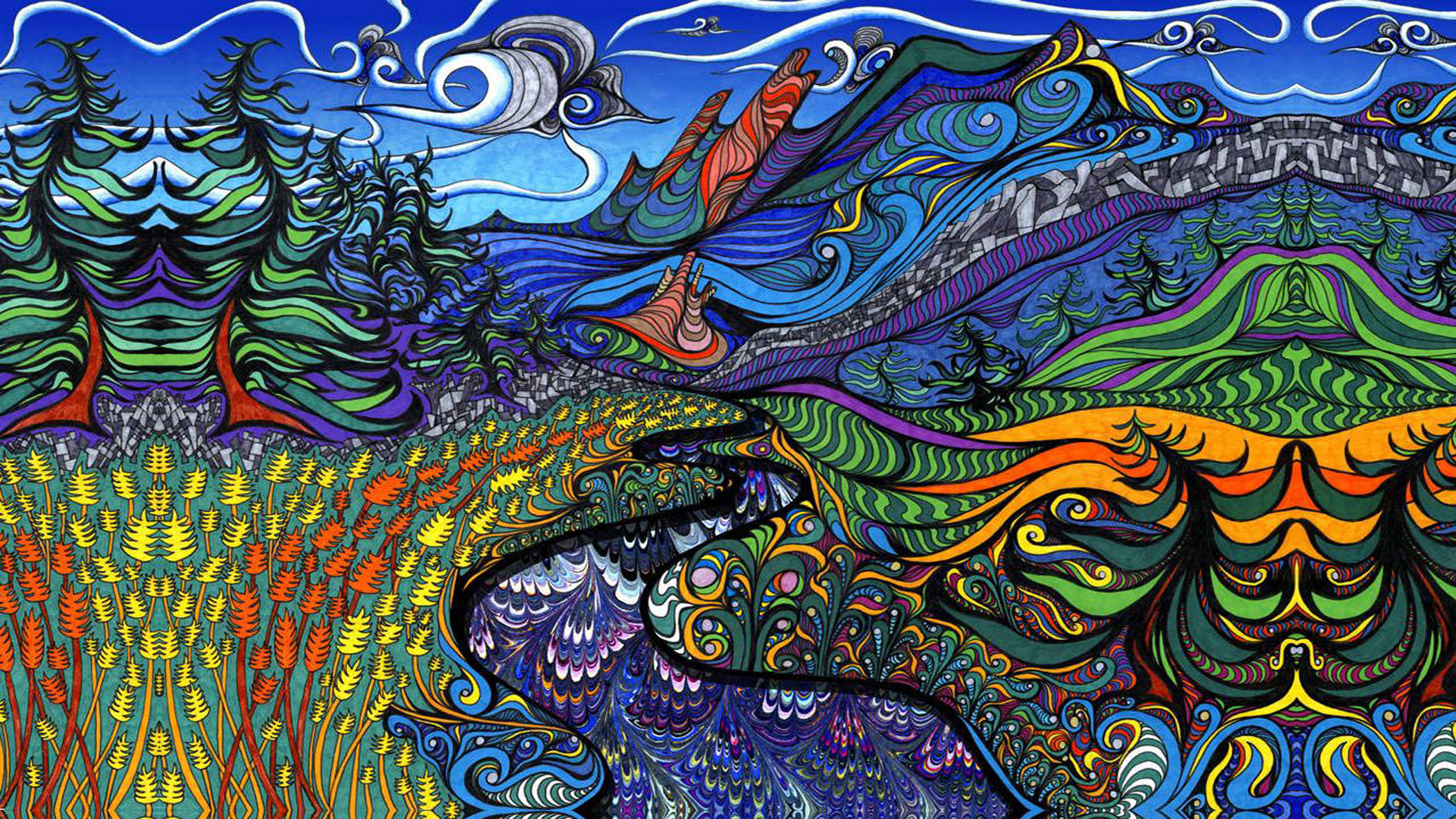
The cannabinoids (active principles of hashish), atropine and atropine-like substances, as well as inhalants (gasoline, acetone, etc.) are also capable of causing a hallucinatory effect. However, their hallucinogenicity is detected with the use of significantly higher doses, and besides, hallucinations are not always the leading symptom in the clinical picture of intoxication with these substances.
Due to the localization of stimulating action, its level can be much higher than that of classical stimulants, which leads to "acidic" effects - the appearance of visual echoes, "patterns", depending on the intensity of the effect or concentration of attention, etc.
Hallucinosis begins with the fact that the coloring of surrounding objects seems incredibly bright, sounds - loud and saturated, there is a subjective sensation of aggravation of all senses ("intensification of perception"). Synesthesia arises: audible sounds are accompanied by color sensations, music is perceived as "color music" .. In the future, visual and auditory illusions join, and in a number of cases - the phenomena of derealization and depersonalization. Emotional disorders are diverse. Sometimes euphoria prevails, sometimes anxiety and fear or confusion.
Behavior during hallucinations also happens unequal-from passive contemplation with critical attitude to active defensive or aggressive actions with complete loss of criticism. Such actions at certain moments can be dangerous for both the hallucinating and, to the least, also for those around them. Among the somatic disorders, sympathicotonia symptoms predominate (wide pupils, frequent pulse, muscle tremor). The hallucinosis usually develops in half an hour-hour after taking a hallucinogen. Duration depends on the substance used and its dose, from 1-2 hours to a day or more. Postgallucinatory asthenic condition is usually expressed in a blurry and short time. During this period they gladly talk about their experiences, share their impressions with others. Among the complications, besides the mentioned aggression and autoaggression, spontaneous relapses of hallucinosis (without repeated hallucinogen administration), development of hallucinogenic paranoid and hallucinogenic depression occur. Reception hallucinogens can provoke the first attack of schizophrenia and affective psychosis.
Hyperstimulants are relatively safe to use, usually do not cause addiction and other long-term adverse effects. Nevertheless, their application can have obvious negative psychological consequences.
Typically, hallucinogens are used sporadically, from case to case. Regular, almost everyday, methods of these drugs with the development of a constant gravitation to hallucinosis, something like psychic dependence, in adolescents are very rare. However, in recent years there has been a tendency among some adolescent groups to a fairly regular abuse of cyclodolum in small doses, which cause a kind of euphoria (nervousness, agitation, sensation of increased activity), but are still unable to cause delirium. In such cases, there may be an addiction to cyclodol, similar to psychic dependence, and the diagnosis of substance abuse becomes lawful. But even with such abuse of cyclodol, adolescents go on to other intoxicants. It is also possible spontaneous termination of intoxication. As it was said earlier, in the USA in relation to LSD some individuals have a fairly persistent mental dependence-acid freaks- "acid cranks", in which hallucinosis begins to form the main meaning of life. In adults, cases of severe cyclodolum substance abuse are described with an increase in tolerance of up to 30 tablets of 0.002 per reception. At the same time, signs of a psychoorganic syndrome-memory impairment, attention, and ingenuity are developing rapidly. A break in use leads to abstinence phenomena, which is manifested by anxiety and fear or an angry, melancholy mood, a common muscle tremor, pain in the muscles and joints.
Treatment consists of stopping the hallucinosis or delirium with the help of psychotropic drugs, detoxification and psychotherapy. To relieve the hallucinosis or delirium, intravenous infusions of sibazone (phenazepam, seduxen, relanium, diazepam) are more often used, and less often - to injections of aminazine by intramuscular injection. Their use is indicated in the description of certain types of delirium. Detoxification is carried out with the help of nonspecific means. Earlier, when intramuscular sulfosine was administered for the purposes of detoxification (1% solution of purified sulfur in peach oil), the hyperthermic reaction caused by this drug sometimes resulted in recurrence of delirium without repeated hallucinogen administration.
As already mentioned, since 1989 this remedy has been withdrawn from use in our country. Psychotherapy is most shown in the form of rational individual. When a teenager has just suffered an acute psychosis himself and has witnessed chronic psychoses in neighboring patients, during this period he represents the most favorable object for psychotherapy - more susceptible to explanations of the harm that threatens him in case of repeated abuse. If in the present era, in some part of the teenage population, the subjective price of somatic health has fallen, then the fear of "going crazy" is still quite effective. Prevention, first of all, is to prevent access to hallucinogens in the hands of adolescents.
In our country, so far, no cases of abuse of adolescents with LSD have been reported, since such drugs are not available to them. "From teens with a hysterical type of character accentuation, one had to hear that they used LSD." However, with careful clarification of the circumstances and questioning of experiences, , that either such a statement was just a demonstrative boast, or cyclodol or diphenhydramine was used, in small doses, and the experiences described were either fantasies, or-scooped up from literature.
Cyclodol adolescents can extract from patients with schizophrenia, which he is prescribed as a corrector in the treatment of neuroleptics. Close such patients should monitor the expenditure of this medication. It should be avoided that a significant amount of it accumulates in the patient's hands. With regard to preventive lectures and conversations about the dangers of hallucinogens, special care must be taken. They are useful only in those groups of adolescents, among whom there has already been an abuse of these substances or some information about them in these groups has already arrived and has evoked obvious interest. In the general population of adolescents, such lectures and conversations, especially those spread by the media, may lead to a desire to experiment, to experience unusual experiences.

 Cart
Cart

